Checklist with full taxonomy and list of species
Download the Checklist of the Birds of Japan as a PDF file, specially prepared by the authors of the guide. You will find checkboxes to register your sightings, as well as invaluable information, such as the local hotspots where you’ll find the most sought-after birds.
Weight
0.9 kg
Size
16 × 23 cm
Language
English
Format
Flexi-cover, Hardback
Pages
392
Publishing date
July 2019
Published by
Lynx Edicions
Author
Description
Spanning more than 3000 km from northeast to southwest, the Japanese archipelago comprises four major islands and thousands of rocks and islets that stretch from Taiwan to the Russian Far East, and encompasses a wide range of habitats. Thus, arctic landscapes and alpine meadows in the north give way to subtropical forests in the south. These varied environments are home to some of the most dramatic and least-known birds in Asia, such as Steller’s Sea-eagle and Blakiston’s Eagle-owl on frozen Hokkaido. Some of the world’s rarest seabirds like Short-tailed Albatross and Bryan’s Shearwater breed on the country’s furthest-flung outposts, whilst the number of wintering cranes is of international importance. Exciting endemics like Amami Jay, Amami Woodcock and Okinawa Rail are found on the southern islands, and a suite of summer visitors ranges from the spectacular Fairy Pitta to the enigmatic Ijima’s Leaf-warbler. Few countries possess the ornithological allure of Japan!
- Taxonomy follows the HBW and BirdLife International Illustrated Checklist of the Birds of the World.
- Detailed texts covering status, habitat and behaviour, age, sex and geographical variation, voice, and confusion species.
- Over 1800 illustrations covering all species and distinctive subspecies, birds in flight, males and females, juveniles and non-breeding plumages, where appropriate.
- QR code for every species, linked to complementary audiovisual material.
- More than 550 full-colour range maps for all species other than vagrants.
- Well-marked subspecies groups receive full accounts, and the distributions of subspecies breeding in the region are clearly mapped.
- Local species names included.
Features:
- 740 species; 30 endemics or near-endemics, 19 introduced, 190 vagrants.
- Over 1800 illustrations and more than 540 distribution maps.


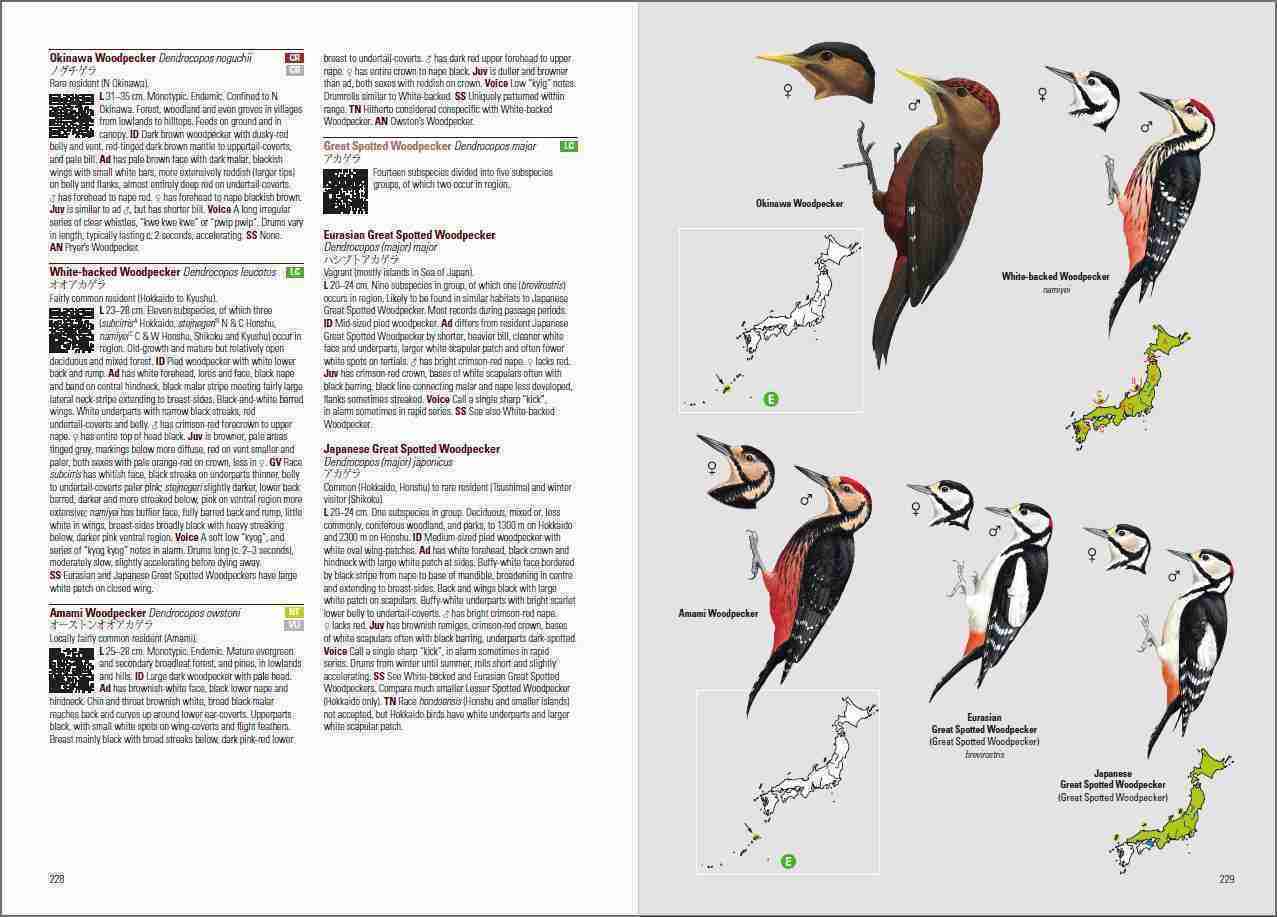
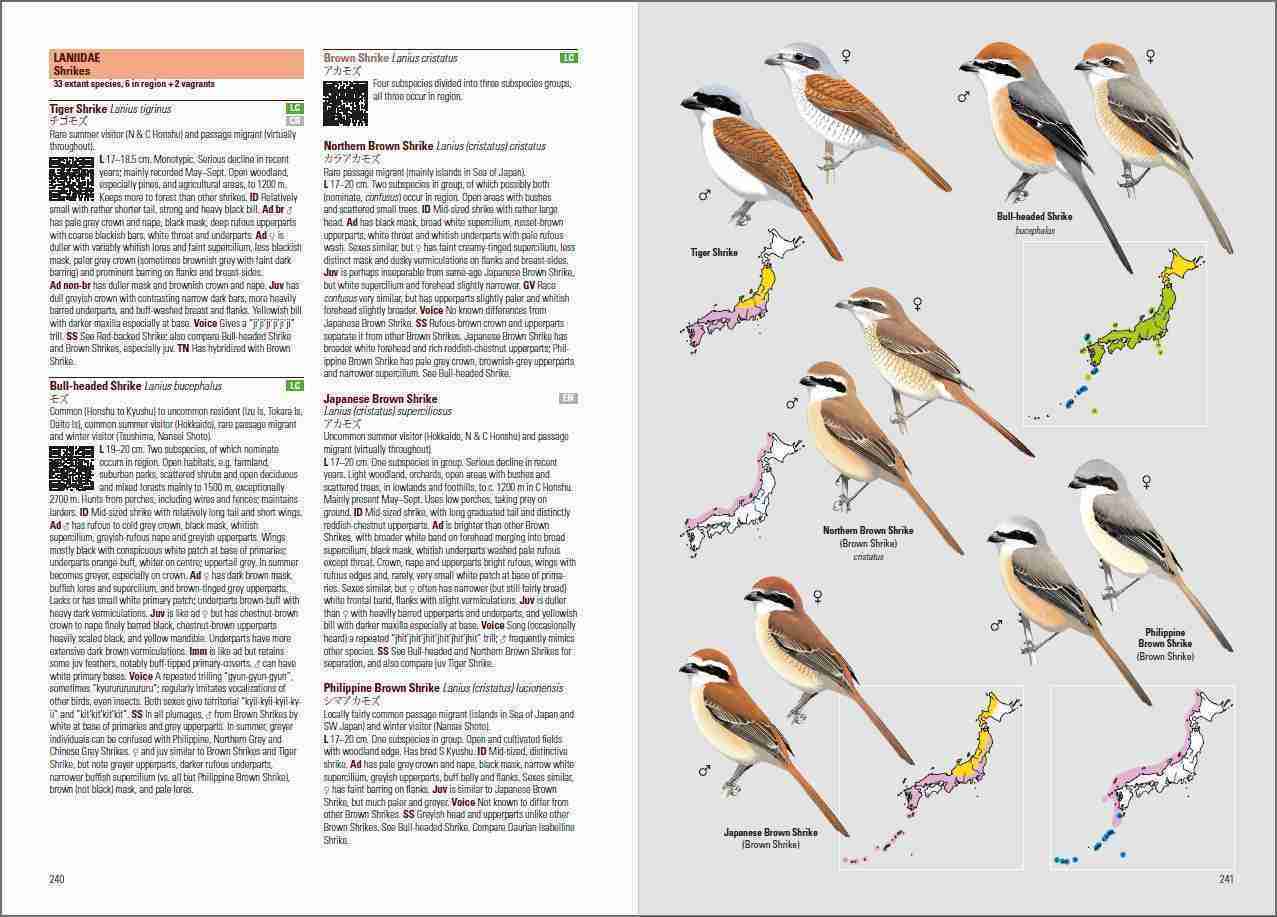
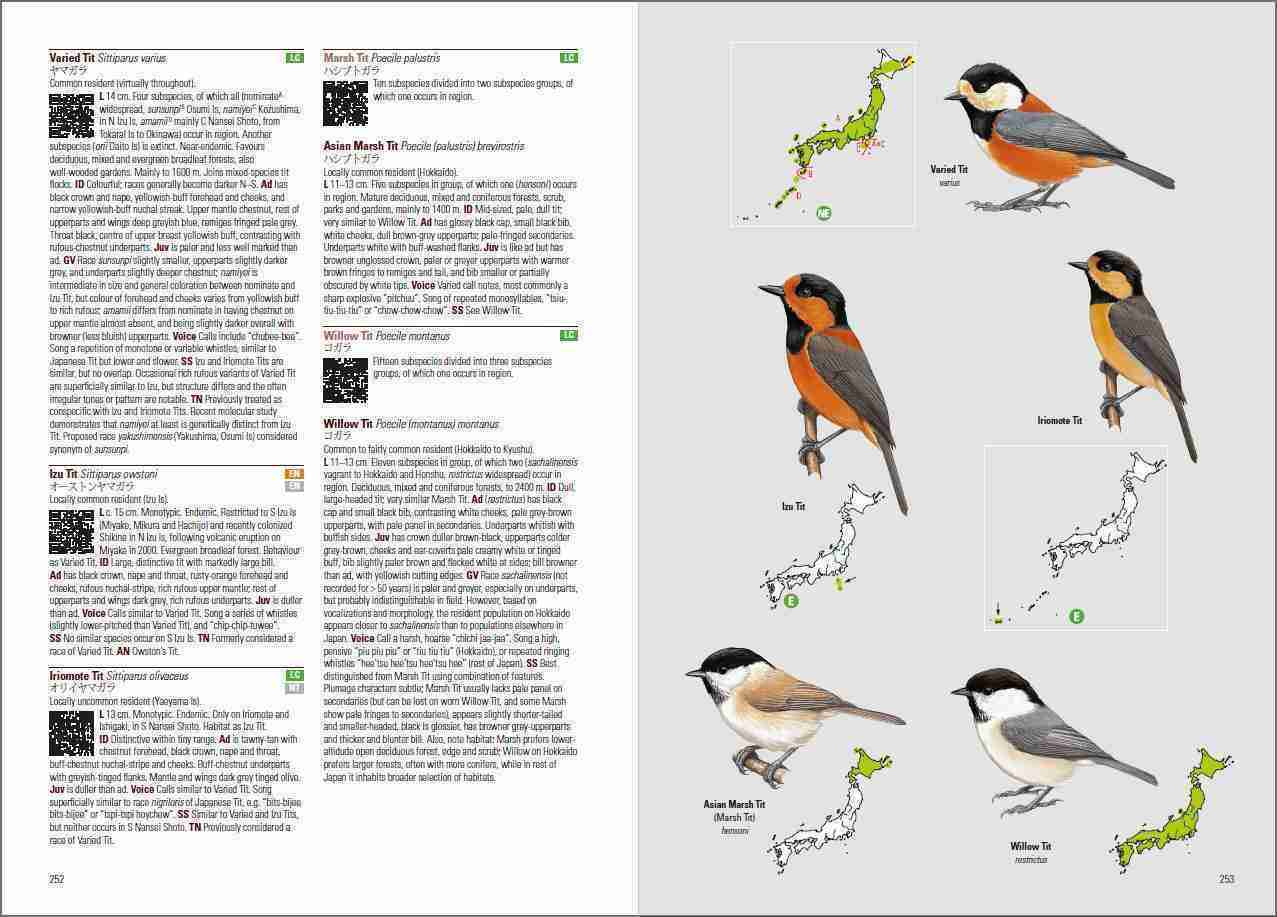
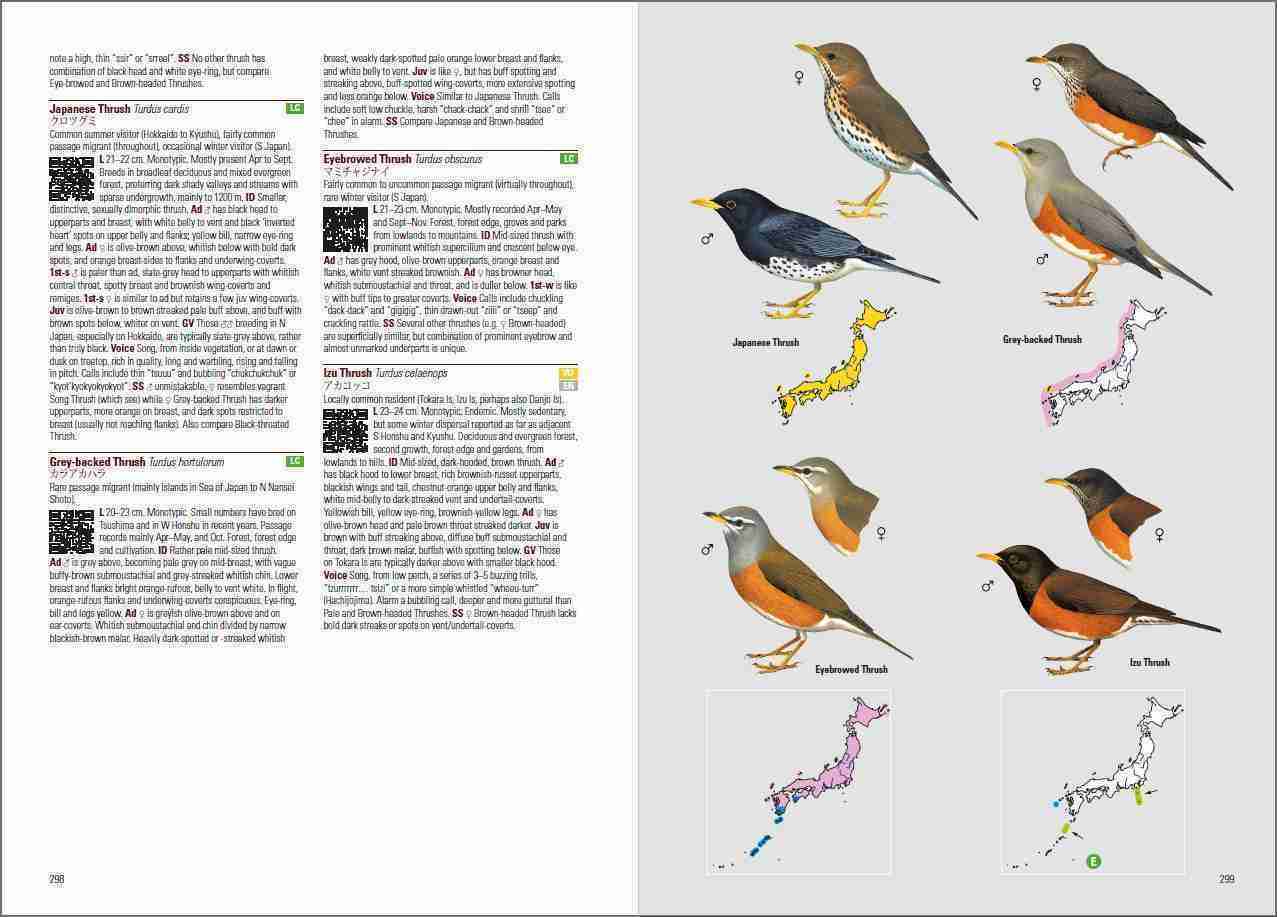
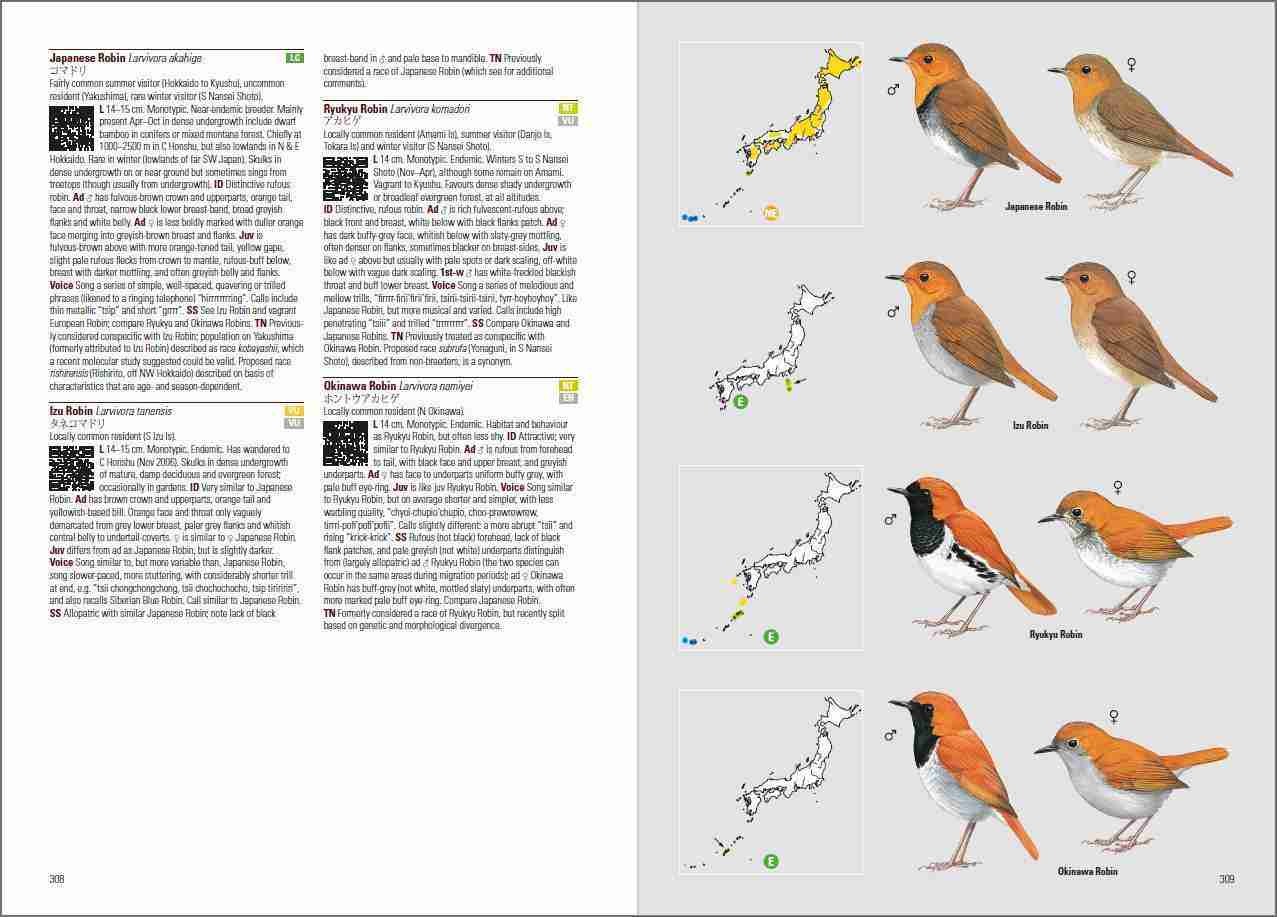
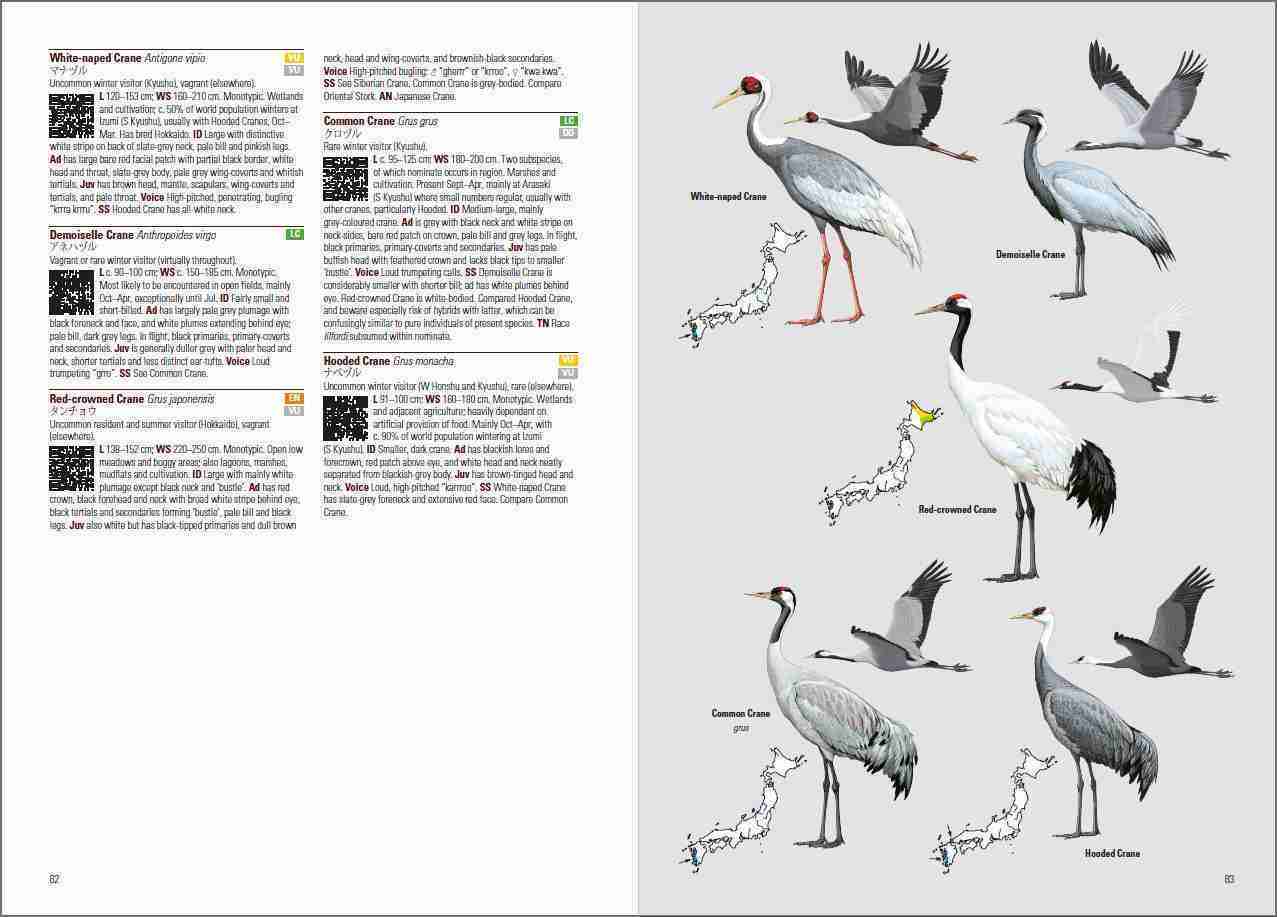

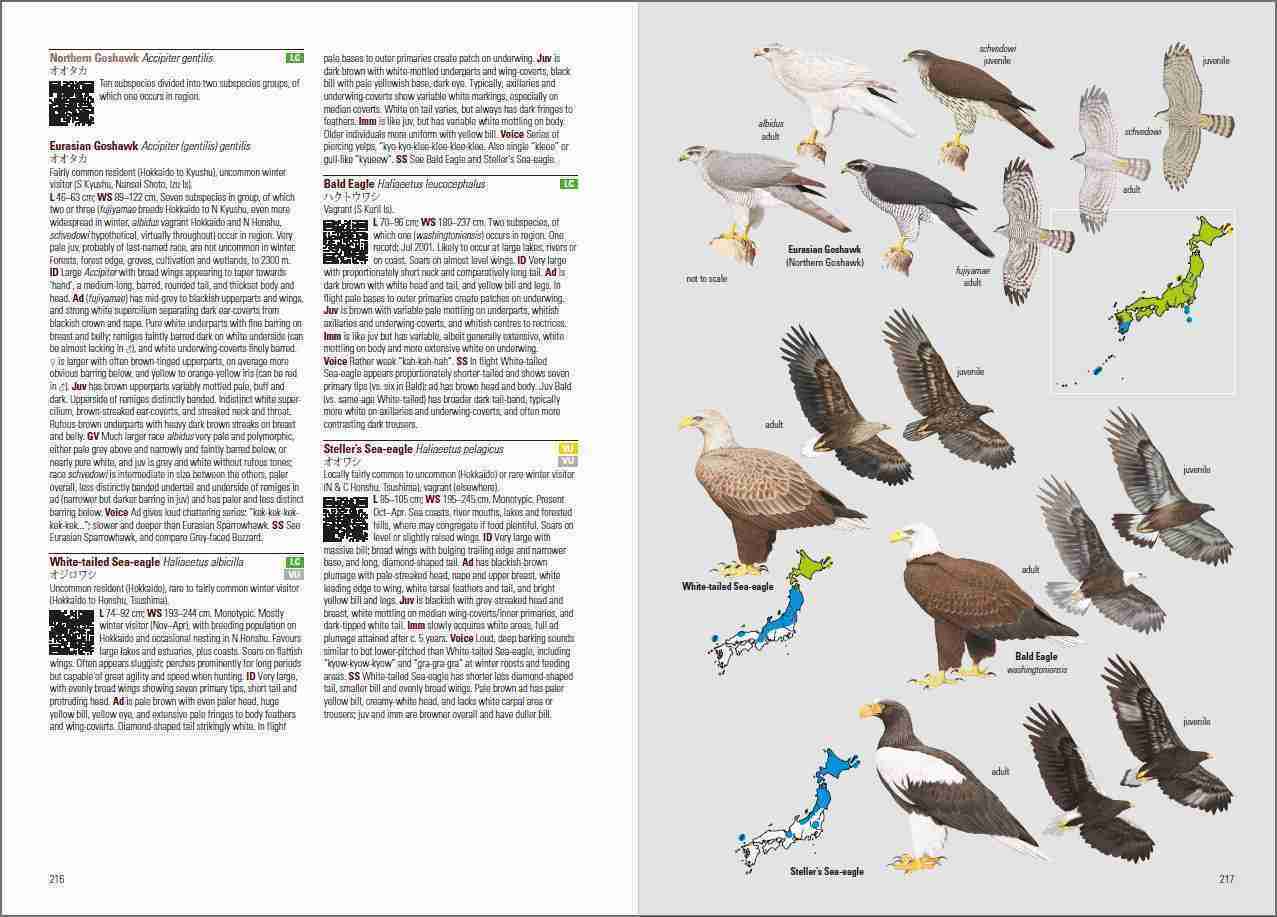
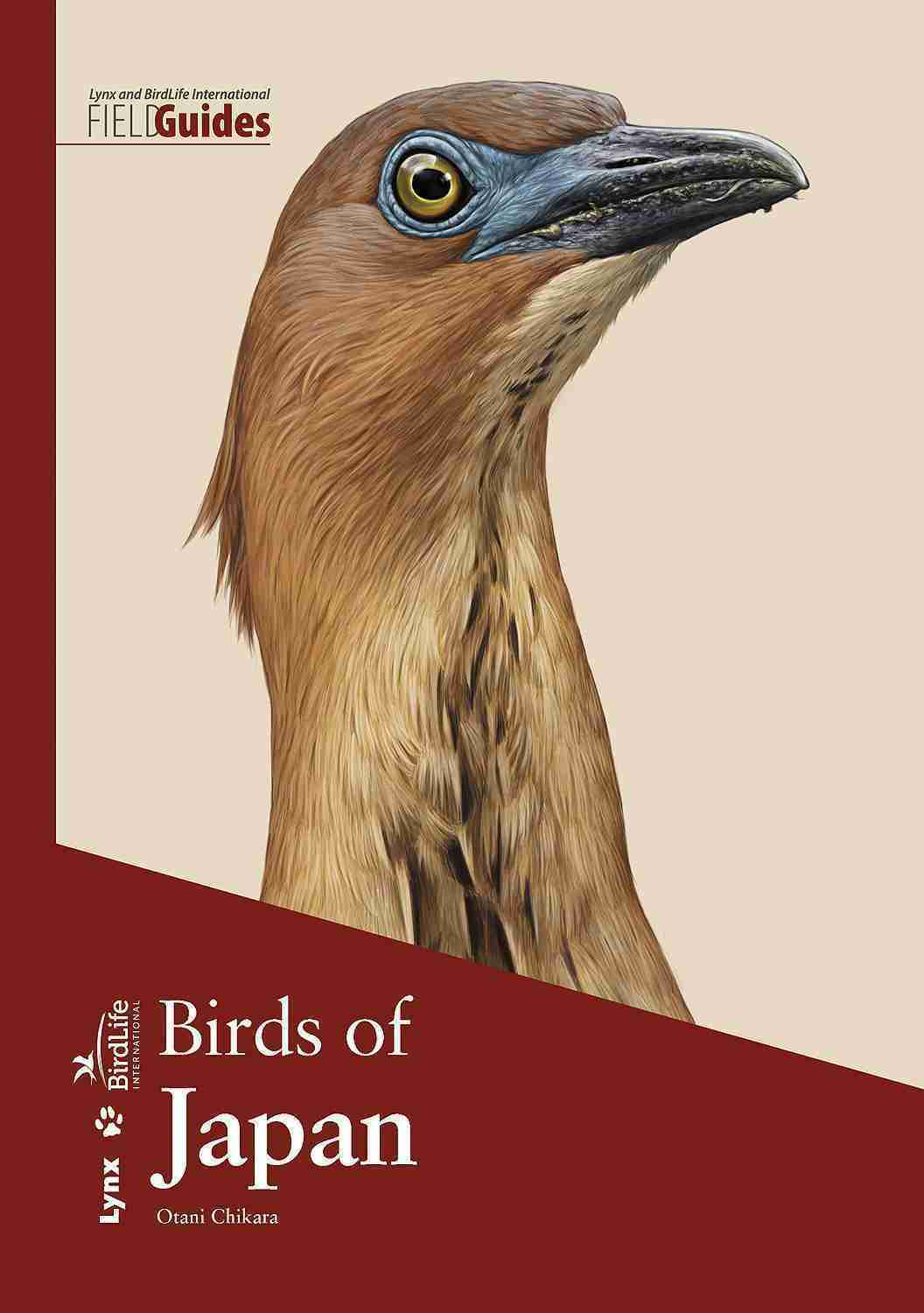


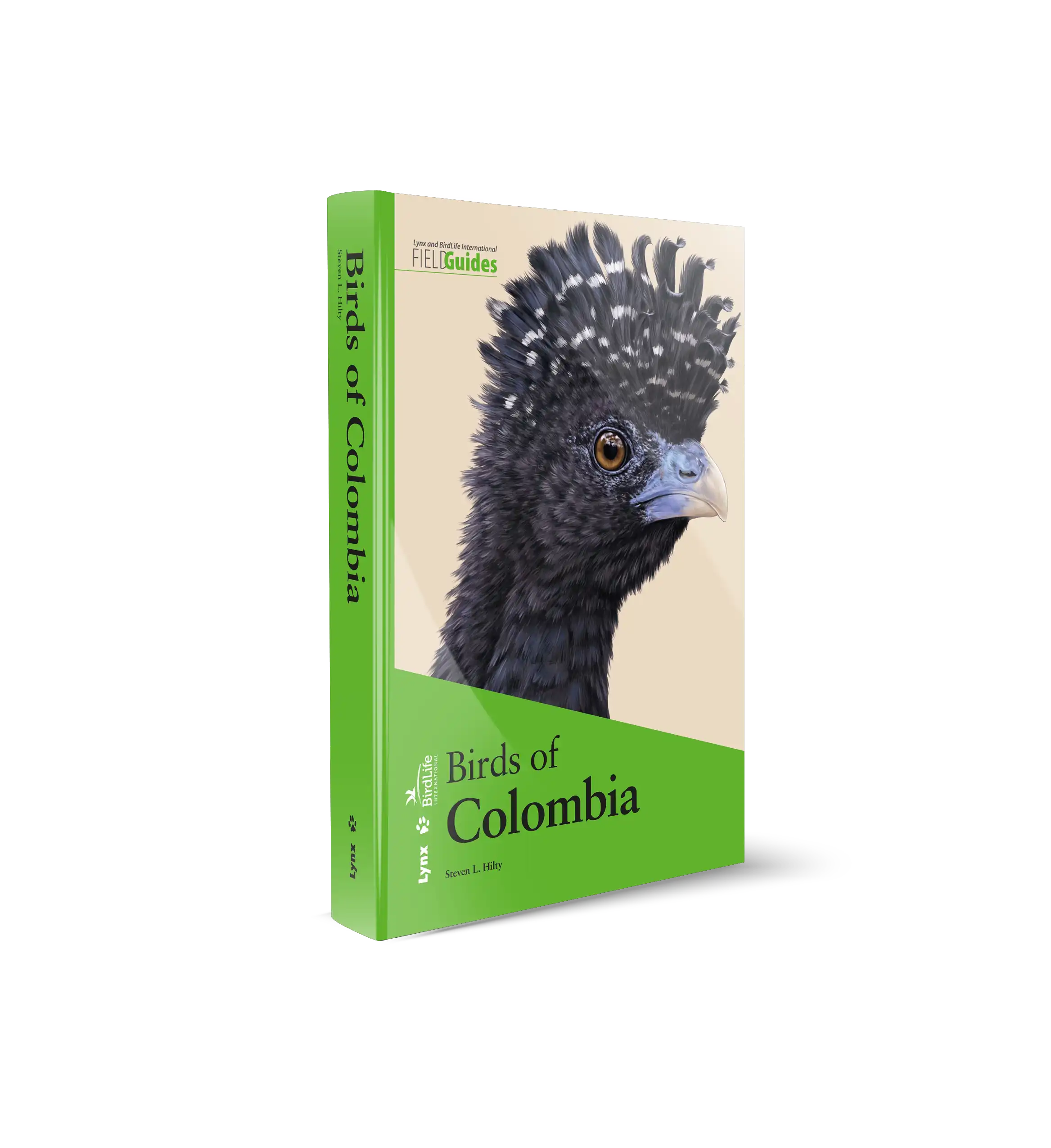



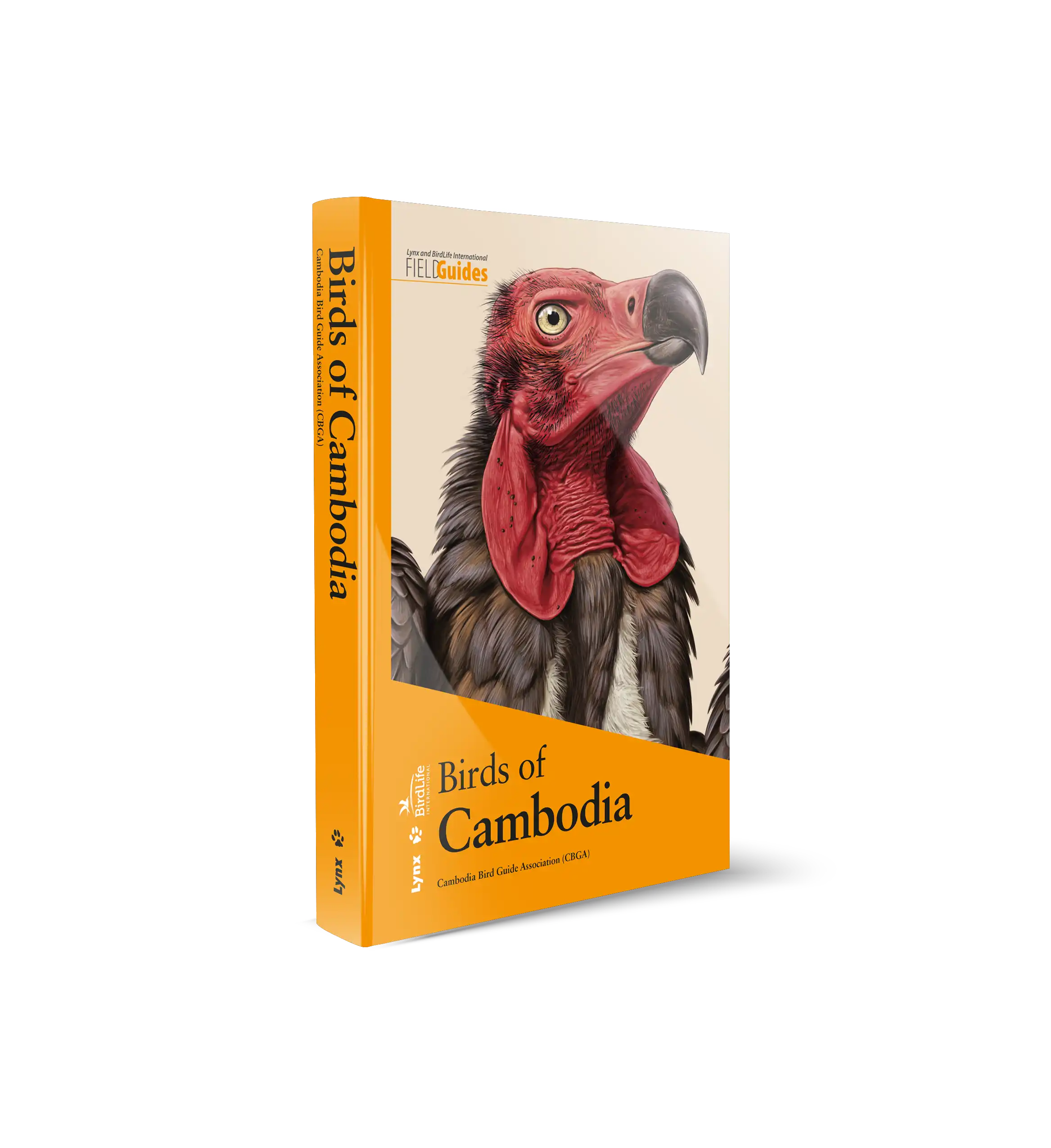

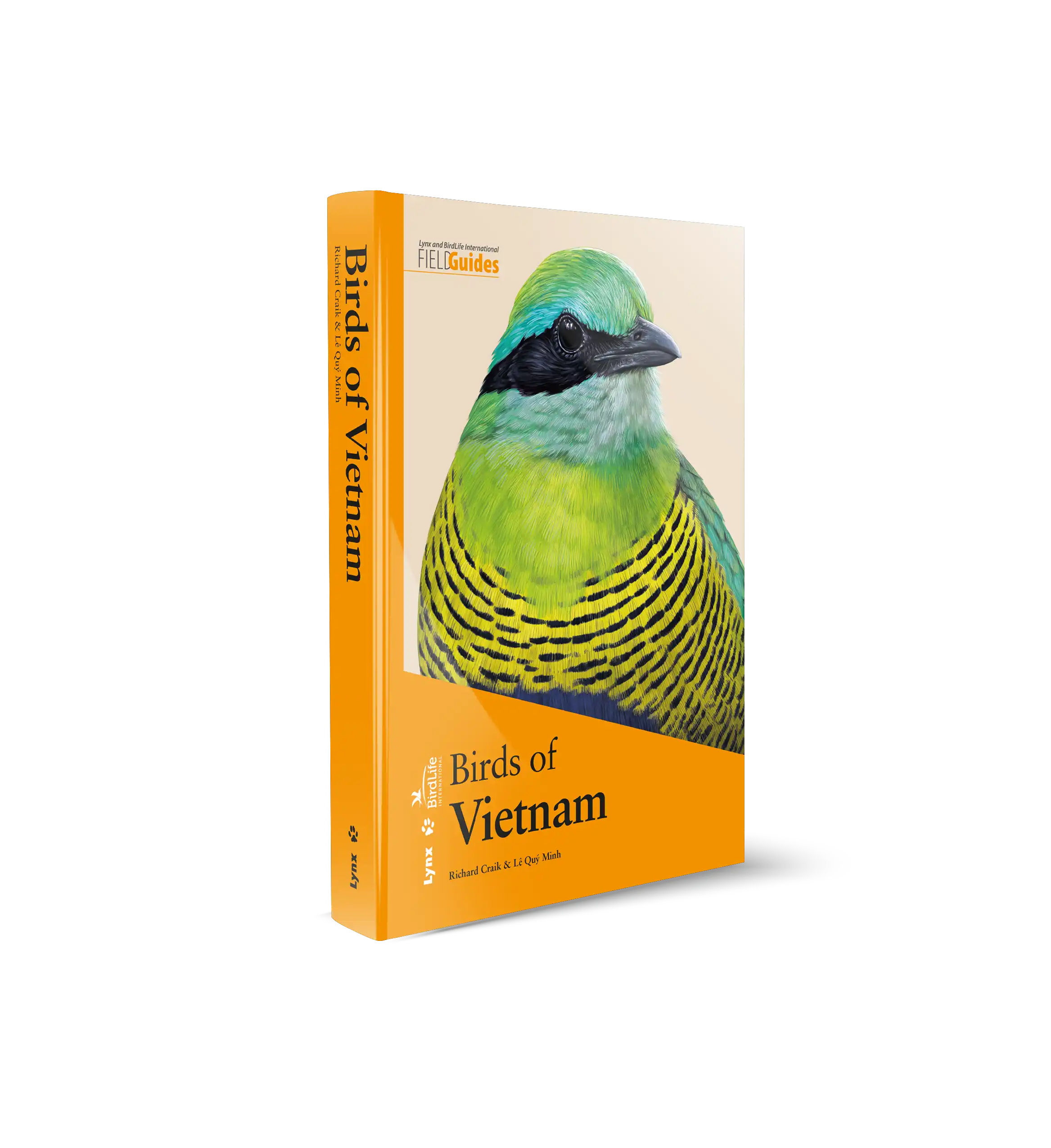
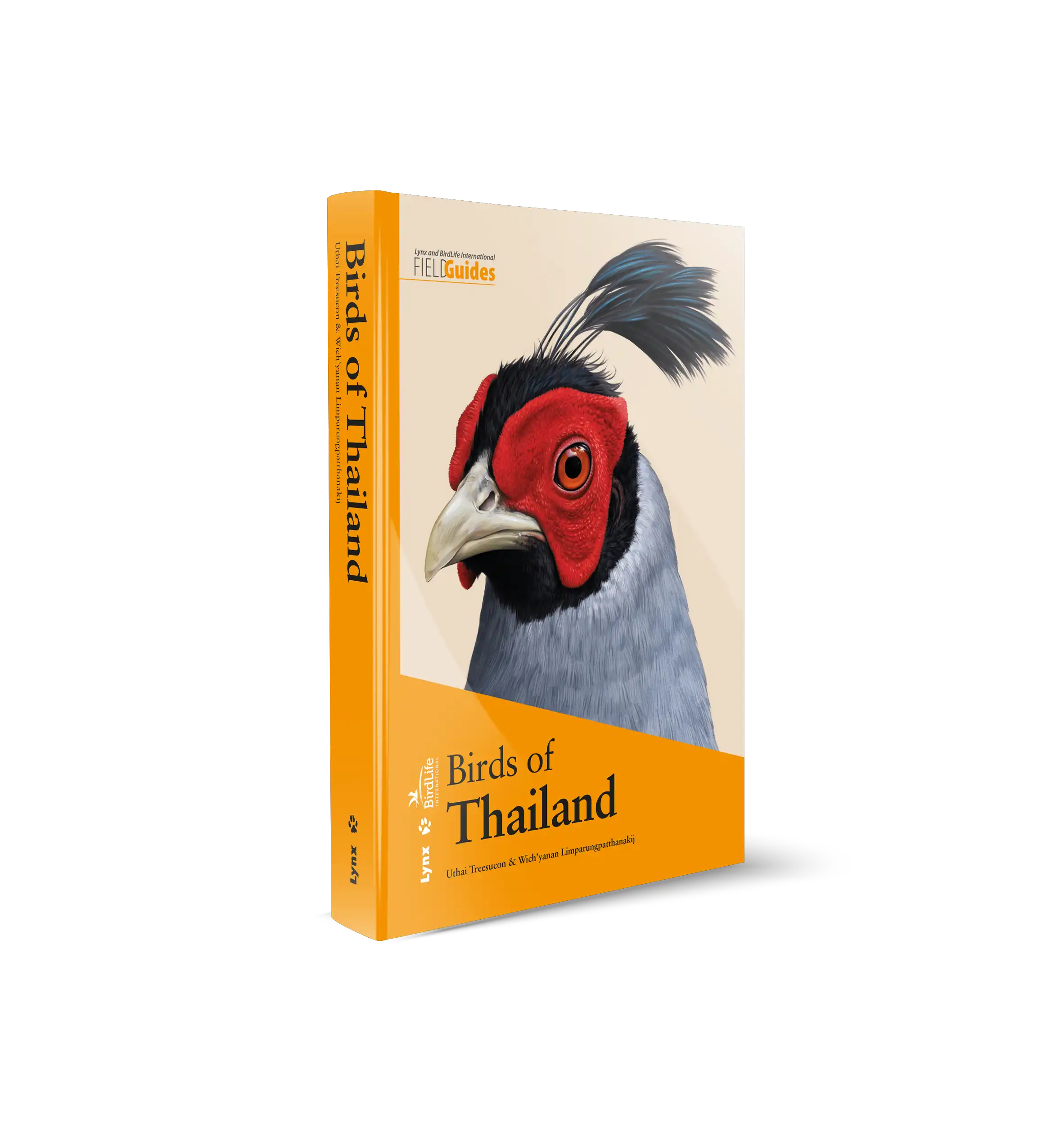
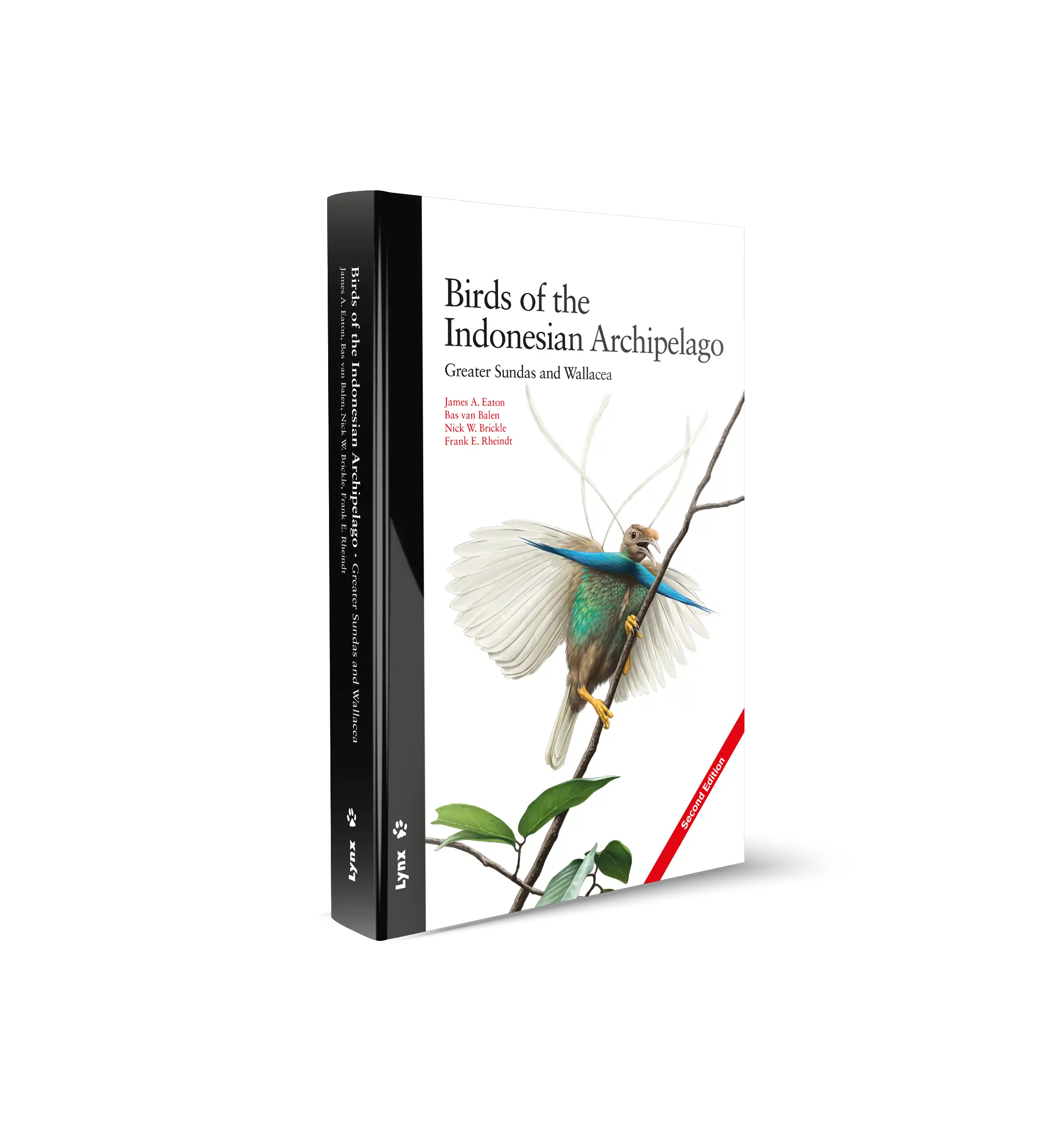
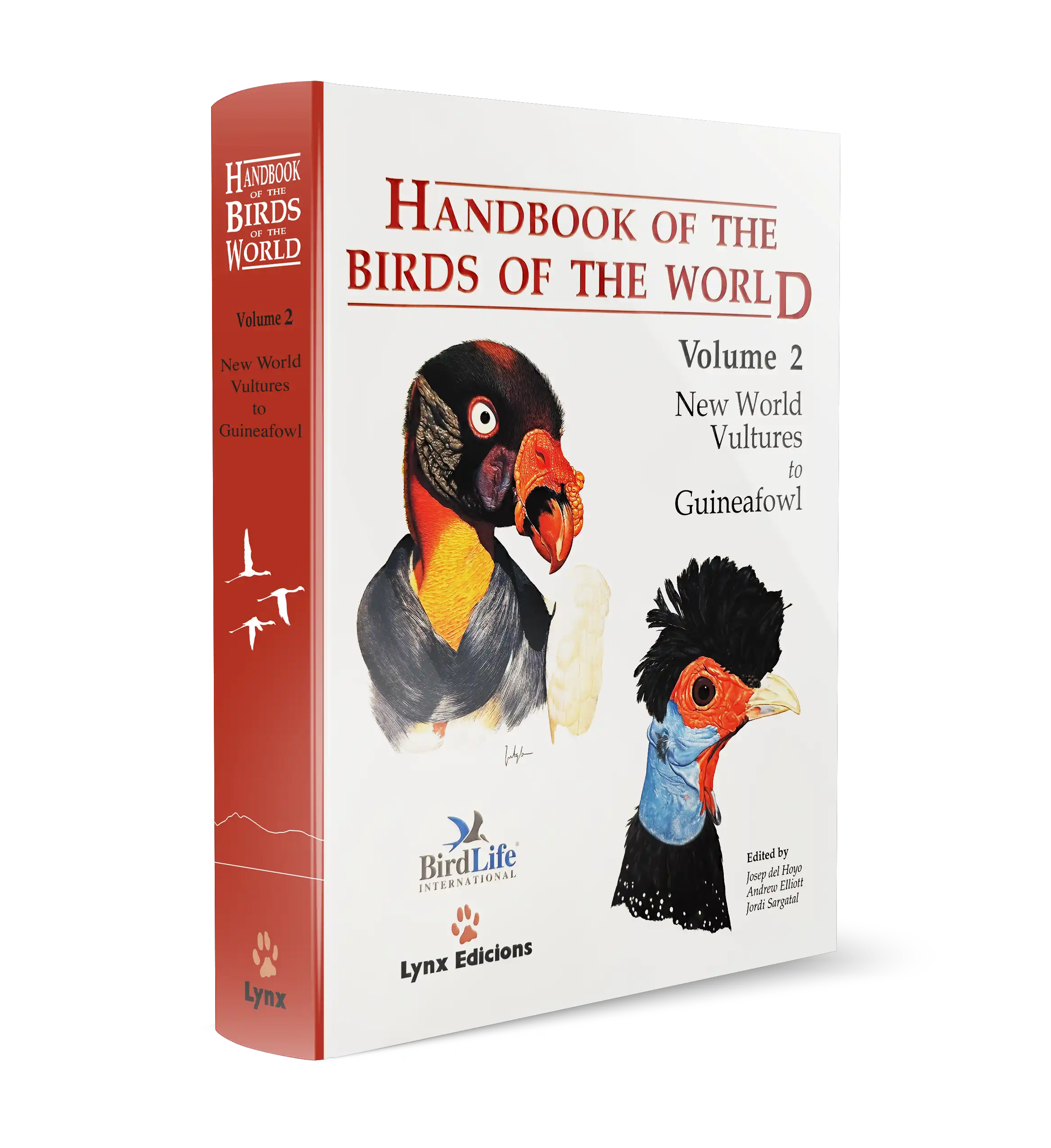









 Copyright 2025 © Lynx Nature Books
Copyright 2025 © Lynx Nature Books
Reviews
There are no reviews yet.